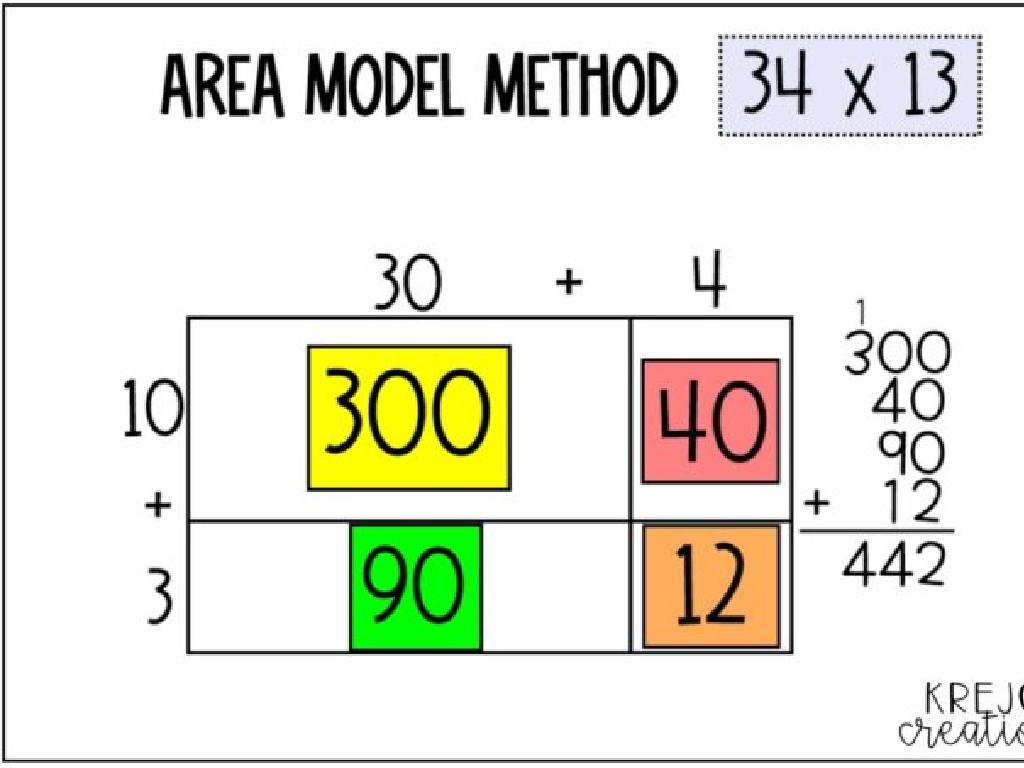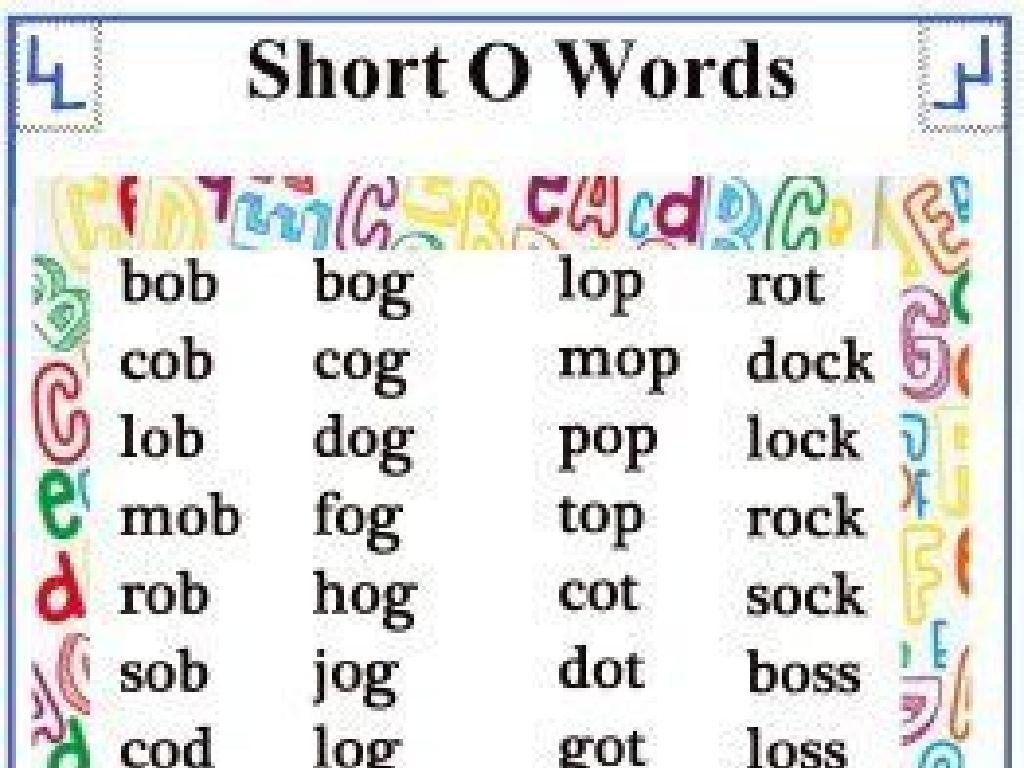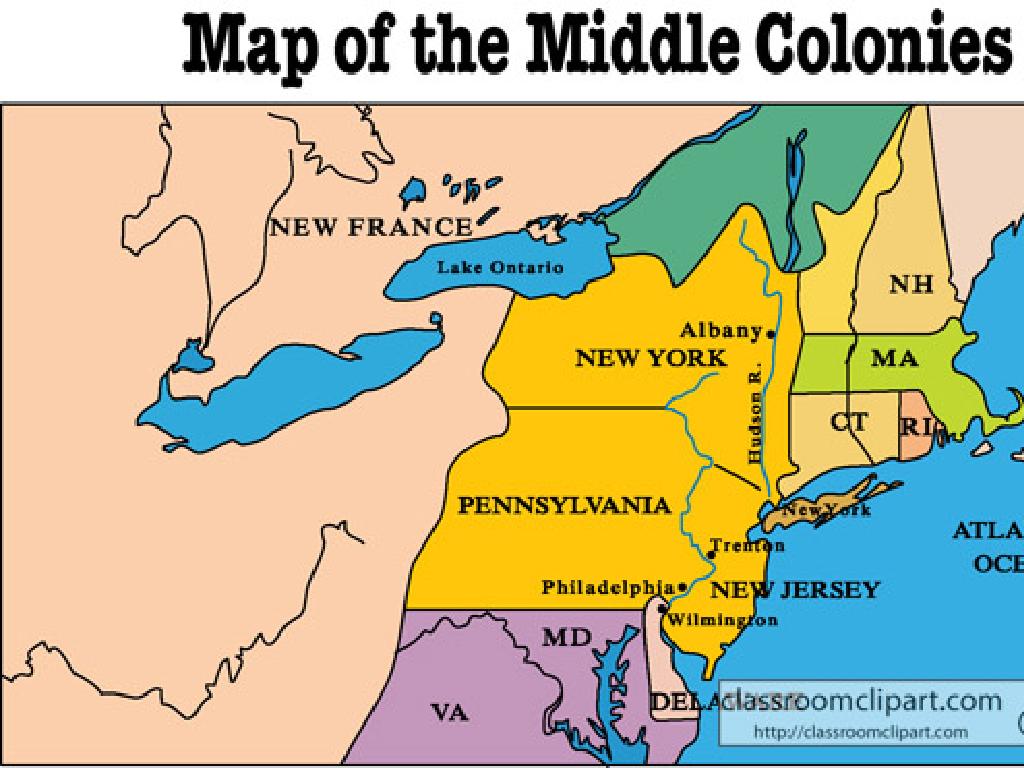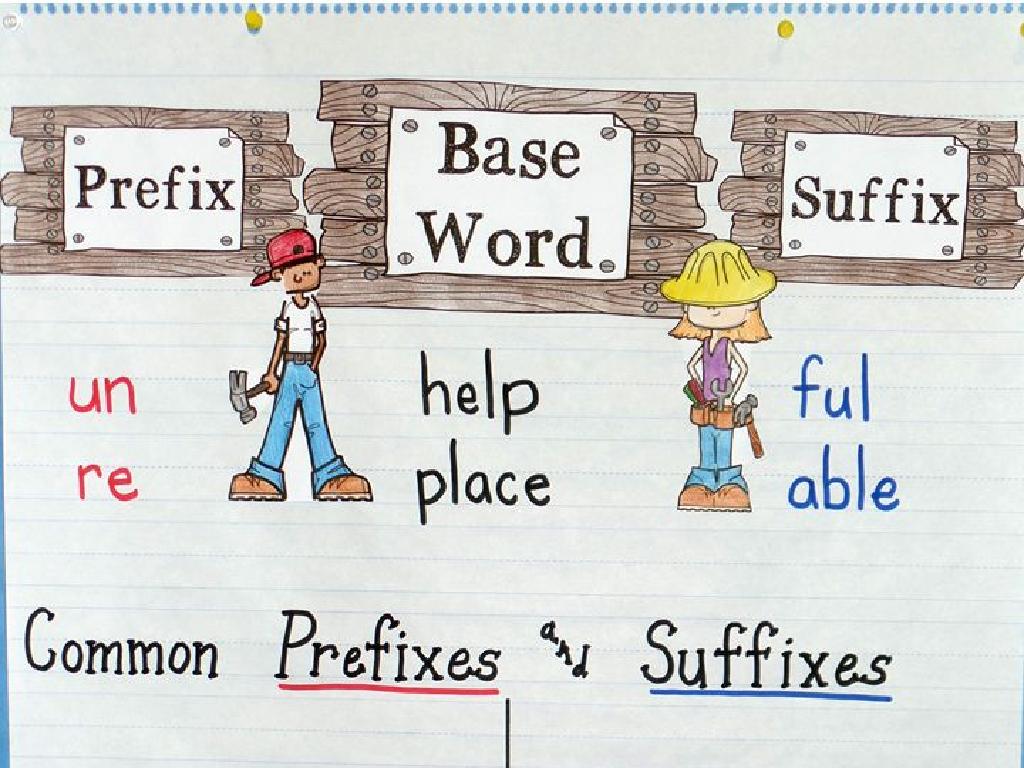Parts Of Speech: The Modifier
Subject: Language arts
Grade: High school
Topic: Grammar
Please LOG IN to download the presentation. Access is available to registered users only.
View More Content
Understanding Modifiers in Grammar
– Defining Modifiers
– Words, phrases, or clauses that provide description in sentences.
– Modifiers’ role in sentences
– They add detail, clarity, and nuance, enhancing meaning.
– Examples of Modifiers
– Adjectives modifying nouns: ‘The blue sky.’ Adverbs modifying verbs: ‘She ran quickly.’
– Importance of correct placement
– Misplaced modifiers can alter sentence meaning, leading to confusion.
|
This slide introduces the concept of modifiers in English grammar, which are essential for providing additional information and clarity in our sentences. Modifiers can be adjectives or adverbs and can also take the form of phrases or clauses. It’s crucial for students to understand how modifiers enhance the meaning of a sentence and the importance of their correct placement to maintain the intended meaning. Examples should be provided to illustrate how modifiers work in practice, and common errors such as misplaced or dangling modifiers should be highlighted to show the potential for confusion. Encourage students to create their own sentences using modifiers correctly.
Understanding Modifiers in Grammar
– Define Modifiers
– Modifiers are words that describe or change other words to add detail.
– Types: Adjectives & Adverbs
– Adjectives modify nouns, adverbs modify verbs, adjectives, and other adverbs.
– Modifiers enhance sentences
– They provide clarity, specificity, and depth in our language.
– Examples of Modifiers
– ‘Whispering softly,’ ‘bright red apple,’ and ‘ran quickly’ show modifiers in action.
|
This slide introduces the concept of modifiers, which are essential components of English grammar. Modifiers provide additional information about other words, making sentences more descriptive and precise. Understanding the role of adjectives and adverbs as modifiers is crucial for students to enhance their writing and communication skills. By using modifiers effectively, students can convey their thoughts with greater clarity and engage their readers with more vivid and detailed descriptions. Encourage students to identify modifiers in their reading and practice using them in their writing. Provide examples and exercises to reinforce their learning.
The Power of Modifiers in Sentences
– Identifying sentence modifiers
– Modifiers describe or qualify other words, adding detail and allowing more precise expressions.
– Sentence comparison with modifiers
– Compare ‘The dog barked.’ with ‘The loud dog barked incessantly.’
– Understanding modifier impact
– Modifiers affect a sentence’s clarity and can alter its meaning significantly.
– Analyzing meaning changes
– ‘He drove a car quickly’ vs. ‘Quickly, he drove a car.’ – note the emphasis shift.
|
This slide aims to illustrate the importance of modifiers in English grammar. Modifiers are words, phrases, or clauses that provide additional information about other words in a sentence, often describing or qualifying them. Students should learn how to identify modifiers and understand their function in adding detail and precision to sentences. By comparing sentences with and without modifiers, students can see how modifiers affect clarity and meaning. For example, modifiers can change the focus or tone of a sentence, as seen in the provided examples. Encourage students to create their own sentences and modify them in different ways to observe the changes in meaning.
Exploring Modifiers in Grammar
– Adjectives: Noun modifiers
– Describe, quantify, or identify nouns and pronouns.
– Adverbs: Modify verbs, adjectives, adverbs
– Adverbs describe how, when, where, how often, or to what extent an action is performed.
– Modifier placement in sentences
– Modifiers should be placed close to the word they modify to avoid confusion.
– Importance of correct modifier usage
– Correct placement ensures clarity and precision in writing.
|
This slide introduces students to the concept of modifiers, focusing on adjectives and adverbs. Adjectives modify nouns and pronouns by providing additional information about them, such as color, size, or quantity. Adverbs modify verbs, adjectives, and other adverbs, often answering questions about the circumstances of an action. The placement of modifiers is crucial; misplaced modifiers can lead to ambiguous or incorrect meanings. Emphasize the importance of correct modifier usage for clear communication. Provide examples and exercises to practice identifying and correctly placing modifiers in sentences.
Modifiers: Common Errors and Fixes
– Understanding modifier mistakes
– Defining misplaced modifiers
– Modifiers that are too far from the word they describe, e.g., ‘He almost drove six hours every day.’
– Explaining dangling modifiers
– Modifiers with no clear subject, e.g., ‘Walking to school, the flowers smelled sweet.’
– Strategies to correct errors
– Reposition modifiers; clarify the subject for dangling modifiers.
|
This slide aims to educate students on the common errors made with modifiers in sentences, specifically misplaced and dangling modifiers. Misplaced modifiers are words or phrases that are separated from the words they modify, which can lead to confusing or unintentionally humorous sentences. Dangling modifiers are words or phrases that do not logically follow from any word in the sentence, often because the word they are meant to modify is missing. To correct these errors, students should learn to place modifiers close to the words they are meant to modify and ensure that the intended subject is present and clear in the sentence. Use examples to illustrate how misplaced and dangling modifiers can alter the meaning of a sentence and practice rewriting sentences to correct these errors.
Practice with Modifiers
– Identify modifiers in sentences
– Look for adjectives, adverbs, phrases, or clauses that provide more detail
– Correct misplaced modifiers
– Rearrange the sentence to improve clarity
– Create sentences with modifiers
– Use descriptive words to add detail to your sentences
– Understand modifier placement
– Placement affects meaning; ensure modifiers are close to the words they describe
|
This slide is aimed at practicing the use of modifiers in sentences. Students will first identify modifiers, which can be adjectives, adverbs, phrases, or clauses that add detail to the sentence. They will then work on correcting sentences that contain misplaced modifiers, which can lead to confusion or unintentional humor. Students will also create their own sentences, using modifiers to enhance their writing. It’s crucial for students to understand that the placement of modifiers can significantly alter the meaning of a sentence, so they should be placed next to the word or phrase they are intended to describe. The teacher should provide examples of misplaced modifiers and guide students through the process of correcting them. Additionally, the teacher can encourage creativity in the sentence-creation exercise and discuss the impact of effective modifier use on the quality of writing.
Class Activity: Modifier Gallery Walk
– Split into groups for sentence creation
– Post sentences with modifiers around the room
– Conduct a Gallery Walk to review sentences
– Discuss the effectiveness of the modifiers used
– Group Reflection on modifier usage
– Share insights and understanding gained
|
This interactive class activity is designed to deepen students’ understanding of modifiers in a collaborative and engaging way. Begin by dividing the class into small groups and task each group with creating sentences that include modifiers. Once the sentences are crafted, have each group post their sentences around the classroom. Then, conduct a Gallery Walk where students move around the room to review and discuss the effectiveness of the modifiers used in each group’s sentences. Encourage them to consider how the modifiers change the meaning or add detail to the sentences. Conclude the activity with a Group Reflection session where students share what they learned about modifiers. This will help reinforce their understanding and allow them to learn from each other’s examples. Possible activities for different groups could include focusing on adjectives, adverbs, absolute phrases, or participial phrases as modifiers.
Wrapping Up: Modifiers and Your Homework
– Recap: Modifiers enhance meaning
– Homework: Craft a short story
– Use adjectives, adverbs, and more to add detail
– Include diverse modifiers
– Show, don’t just tell; make your story vivid
– Next class: Story review
|
As we conclude today’s lesson on modifiers, remember that modifiers (adjectives and adverbs) are crucial for adding specificity and detail to our writing, making it more engaging and precise. For homework, students are to write a short story incorporating a variety of modifiers to enhance their narrative. Encourage creativity and the use of both adjectives and adverbs. In our next class, we will share these stories in small groups and discuss how the modifiers used have affected the storytelling. This will help students understand the practical application of modifiers and improve their descriptive writing skills.





